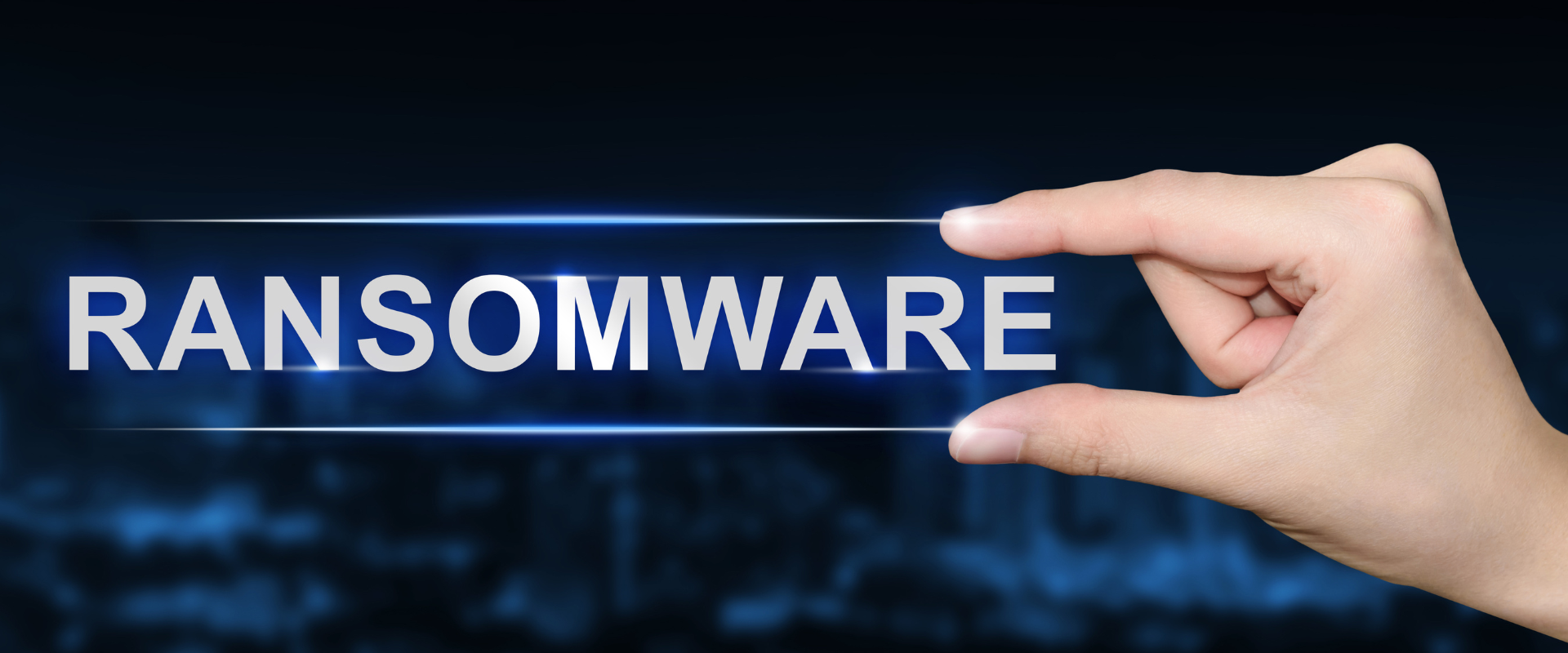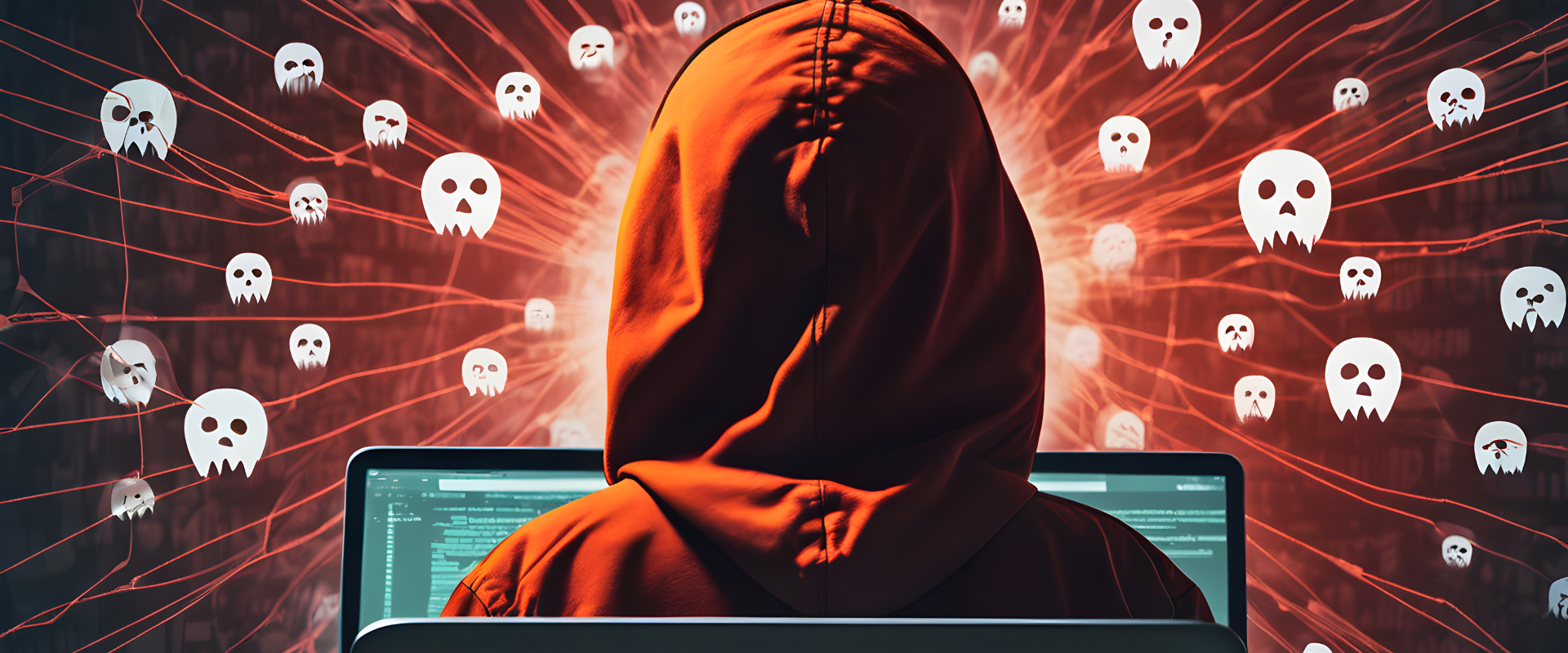
The Impact of Ransomware Attacks on Businesses: How to Stay Protected in 2025
By, Webmaster
- 30 Apr, 2025
- 3.3k Views
Ransomware attacks have become one of the most significant cybersecurity threats to businesses worldwide. These attacks, where hackers encrypt an organization’s data and demand payment in exchange for the decryption key, are not just a risk for large enterprises—they affect businesses of all sizes, industries, and regions. As we enter 2025, the frequency and sophistication of ransomware attacks are expected to rise, and organizations must adapt their cybersecurity strategies to mitigate this evolving threat.
In this blog, we will explore the impact of ransomware attacks on businesses, why they are becoming more prevalent, and the measures organizations can take to protect themselves from this growing menace.
Why Ransomware Is Such a Big Threat
Increasing Frequency of Attacks: Ransomware attacks are becoming more common, with cybercriminals targeting vulnerable organizations more frequently. In recent years, we’ve seen major corporations, healthcare systems, and government agencies fall victim to these attacks, paying hefty sums to regain access to their encrypted data.
Why It Matters: The increasing frequency of ransomware attacks means that no business, regardless of size, is safe. As attackers refine their tactics, it’s more important than ever for companies to take proactive measures to secure their data.
Targeting Critical Infrastructure: Ransomware attacks are increasingly targeting critical infrastructure, such as hospitals, utilities, and transportation systems. These organizations, which provide essential services to the public, are particularly vulnerable to the devastating consequences of a ransomware attack.
Why It Matters: A successful attack on critical infrastructure can lead to significant operational disruptions, putting public health and safety at risk. The ransom demands placed on these organizations often force them to choose between paying the attackers or facing long-term downtime.
Sophisticated Attack Methods: Ransomware attacks are no longer just a matter of encrypting files and demanding payment. Attackers are now using more sophisticated methods, such as double extortion, where they steal sensitive data before encrypting it. They then threaten to release the data publicly unless the ransom is paid.
Why It Matters: The addition of double extortion increases the pressure on organizations, as they are not only at risk of losing access to critical data but also of facing reputational damage and legal consequences if sensitive information is exposed.
The Far-Reaching Consequences of Ransomware Attacks
Financial Losses: The most immediate consequence of a ransomware attack is the financial impact. While the ransom itself is often the most visible cost, the total financial burden can be far greater. Businesses face costs related to system downtime, lost productivity, legal fees, regulatory fines, and reputational damage.
Example: In 2021, the Colonial Pipeline attack forced the company to pay a $4.4 million ransom, but the total cost of the attack, including lost revenue and operational disruptions, was much higher.
Operational Downtime: Ransomware attacks can cause significant operational downtime as systems are locked, and organizations struggle to recover from the attack. Depending on the severity of the attack, businesses can experience hours, days, or even weeks of downtime.
Example: The attack on the world’s largest meat supplier, JBS, resulted in significant disruptions to its production lines and a delay in shipments, affecting thousands of customers worldwide.
Reputational Damage: The reputational damage caused by a ransomware attack can be long-lasting. Customers, partners, and investors may lose trust in an organization’s ability to safeguard sensitive data, which can lead to lost business, decreased stock value, and reputational harm.
Example: The 2017 WannaCry attack, which affected thousands of organizations worldwide, led to significant reputational damage for affected businesses, as well as a loss of consumer confidence in the security of their data.
Legal and Regulatory Consequences: In addition to the financial and reputational risks, businesses can face legal and regulatory consequences. Many industries, including healthcare and finance, are subject to strict data protection regulations. Failure to protect sensitive customer data can lead to heavy fines and legal action.
Example: After a ransomware attack compromised personal health data, a healthcare provider was fined for failing to protect patient information under the Health Insurance Portability and Accountability Act (HIPAA).
How to Protect Your Business from Ransomware Attacks in 2025
Implement Strong Backup Practices: One of the most effective ways to mitigate the impact of a ransomware attack is to have a robust backup strategy in place. Ensure that critical data is regularly backed up and stored offline or in a secure cloud environment. In the event of an attack, businesses can restore their data from these backups without having to pay the ransom.
Invest in Advanced Threat Detection Tools: Traditional antivirus software is no longer sufficient to protect against sophisticated ransomware attacks. Businesses should invest in advanced threat detection tools that can identify ransomware activity early on. These tools use machine learning and behavior-based analysis to spot suspicious activity before it can spread.
Educate Employees on Phishing and Social Engineering: Since ransomware is often delivered through phishing emails or social engineering tactics, it’s essential to educate employees on how to recognize and avoid these types of attacks. Regular training on identifying phishing emails and malicious attachments can significantly reduce the likelihood of a successful ransomware attack.
Segment Your Network: By segmenting your network, businesses can limit the damage caused by ransomware attacks. If one part of the network is compromised, network segmentation can help contain the threat and prevent it from spreading to other critical systems.
Enforce Strict Access Controls: Implementing strict access controls is essential to minimizing the risk of a ransomware attack. Employees should only have access to the data and systems they need for their roles, and administrators should ensure that critical systems are protected with multi-factor authentication (MFA) and strong password policies.
Work with Cybersecurity Experts: Collaborate with cybersecurity professionals to assess your organization’s vulnerabilities and implement an effective incident response plan. Having an experienced team on hand to respond quickly to an attack can make all the difference in minimizing the impact of ransomware.
Conclusion
Ransomware remains one of the most pressing threats to businesses in 2025, and the risk of attacks is only increasing. However, by taking proactive measures such as implementing strong backup systems, investing in advanced threat detection tools, educating employees, and enhancing access controls, organizations can significantly reduce the likelihood of a successful ransomware attack.
As ransomware continues to evolve, businesses must remain vigilant and adaptable, ensuring that they are equipped to handle any cybersecurity threats that come their way.
We hope this article has highlighted the growing risk of ransomware and provided you with actionable steps to protect your business. For more information or assistance with enhancing your cybersecurity, contact us today!
Recent Posts
- IoT Security Risks: How Connected Devices Are Expanding the Cyberattack Surface
- Data Breaches: Understanding the Real Cost of a Cyberattack
- Deepfake Fraud: The New Frontier of Cybercrime
- Cloud Security Challenges: How to Protect Your Data in a Borderless Digital World
- AI in Cybersecurity: How Artificial Intelligence is Changing the Fight Against Cyber Threats
Category
- Cyber Security (86)
- Vulnerability Assessment (70)







